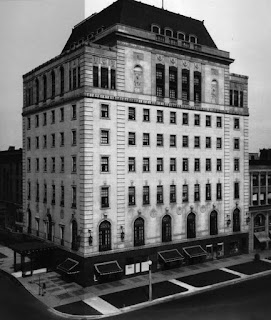This elegant ewer was created in one of the many glass factories on the island of Murano Venice Venice Byzantium island of Murano Venice
Venetian glassmakers used an enameling process developed in the 15th century to decorate vessels with complex, detailed figure designs, possibly reinterpreting nearby Islamic or Italian metalwork designs. Other objects were decorated with Renaissance scenes usually inspired by classical Roman subjects. Venetian artists perfected methods for making rich, refractive colors such as blue, opaque white, green, purple, red, and turquoise. Techniques were invented for shaping and decorating glass by blowing shapes around molds, and decorating glassware with trails, threads, or blobs (prunts) of glass. The fashion for profusely ornamented glass eventually overpowered the beauty, purity of color and light refraction of the glass itself in Venetian wares.
By 1832, Renaissance-era glass techniques were beginning to be revived in Venice Venice Venice
This light green glass ewer’s gracefully elongated body, applied handle and large spout is decorated with polychrome enamel painted in Renaissance-derived scroll-shaped floral designs on a gold vermicelli background, above and below which are horizontal rows of gilt scales highlighted with tiny painted enamel dots. The clarity of glass color, graceful body, and intricate colorful decoration of this ewer exemplify the finest of 19th century Venetian glassware.
This ewer was a gift to John Glessner from his daughter Fanny in 1884 to honor her parent’s 14th wedding anniversary, as noted by Frances Glessner’s journal entry of December 7th: “Fanny gave her Papa a Venetian glass ewer . . .” Her gift was placed atop a bookcase in the library of the Glessner home at 261 West Washington Street, and later on the mantle of the library in their Prairie Avenue home, where it is now displayed. Certainly John Glessner thought of this object when describing the family’s “collections of Gallé and Venetian and other rare glass . . .” in 1923 when he penned his history of the house and its contents, The Story of a House.
NOTE: When the Prairie Avenue Richardson









